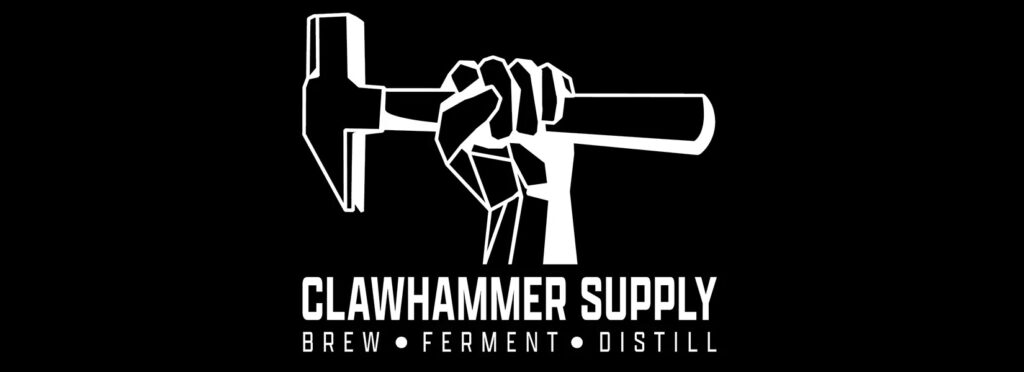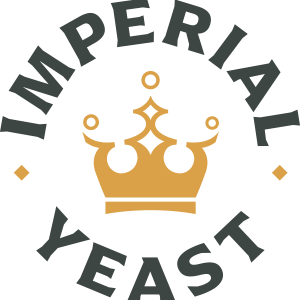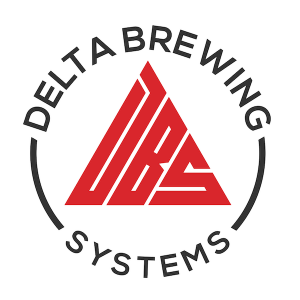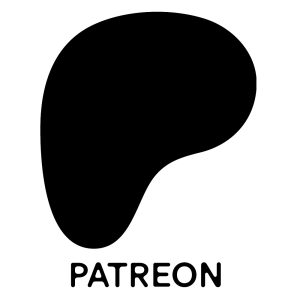A hop stand involves adding hops to partially chilled wort after the boil then letting them steep for 20 minutes or so to enhance the aroma. More conventional brewers have claimed 170˚F/77˚C is the optimal temperature to perform a hop stand, though there’s some debate, with some believing cooler temperatures extract more desirable characteristics while others find no notable impact regardless of wort temperature. We decided to test it out by comparing IPAs that were identical with the exception of the hop stand temperature!
The Brülosophy Show: Impact Hop Stand Temperature Has On An American IPA | exBEERiment
Facebook
Twitter
LinkedIn
Sign up to be notified when we publish new content!
Thank you to our sponsors!
Brülosophy is a participant in the Amazon Services LLC Associates Program, an affiliate advertising program designed to provide a means for us to earn fees by linking to Amazon.com and other affiliated sites.











6 thoughts on “The Brülosophy Show: Impact Hop Stand Temperature Has On An American IPA | exBEERiment”
Something I’ve struggled with is if you do loose hop additions, they’re still in there when hop standing/whirlpooling. I pull and drain my boil hop spider at the end of boil to avoid confusing bitterness numbers. I’ve just got some new kit to possibly loose whirlpool (always hop spidered and pumped around it before). Hard to see on the vid but it looks like there’s no bazooka filter on the first brew, am I right? Does it matter that much in a world where 7 day 14g/L (2 oz./gallon) dry hops and keg hopping are a thing?
P.S. been reading here for a good few years. Stop using different coloured (color) cups!
P.P.S. sorry, missed the bit of vid when you avoided the bazooka. Never understood how such a large gauge and short filter would help anyhoo
Two things I find interesting about this result.
First, the double blind taste test returned ‘not significant’, when it’s clear there is a readily distinguishable difference which is obvious to people who know where to focus their attention.
In a general sense, this tells me things I already know about tasting.
I am satisfied the hopstand temperature makes a difference and that the lower temperature was better, as indicated by the tasters who were in the know. The ‘insignificant’ result from the large group, taken alone, suggests the temperature doesn’t really matter. This might be true in the sense that a lot of people might not notice or care, but to the brewer who cares enough to be thinking about hopstands, I think it’s potentially misleading.
That part didn’t really surprise me though.
The thing that surprises me is that there is no discussion about bitterness in the tasting phase.
In one brew there was 90g of fairly high alpha acid hops, boiling for 5 minutes and then held at >=93° for 25 minutes, plus another 90g of same hops isomerised simultaneously for 20 minutes at 93°in the whirlpool.
In the other batch, the first 90g of hops were out of the isomerisation zone after about 10 minutes and the additional 90g were never in the zone.
By my calculations the high temperature hopstand beer has about 150 IBU, compared to the low temperature beer which should be around 68 IBU.
Apparently nobody could detect this difference in bitterness. Neither the group of tasters who knew the difference nor the tasters who were blind to the variable were able to distinguish a difference in bitterness.
That’s remarkable to me, but Martin didn’t even find it worthy of a comment in his summary.
What should be taken from this? Is it simply that once a beer gets to a certain level of bitterness our ability to detect bitterness is saturated?
Saturation of bitterness percetion is achieved at about 80 IBU if I recall correctly. Also, most of our perceptive abilities work on a more logarithimic than linear scale – it takes a DOUBLING of intensity for us to perceive a difference.
Nobody thought one beer was more bitter than the other?
I think I’ve got this right; the 5 minute addition was 90g of hops, and the hopstand was the same as the 5 minute addition.
Given the length of time and the temperatures, by my calculations the high temperature hopstand batch wound up with around 150 IBU, compared to around 70 IBU for the lower temperature batch.
I’m kinda surprised this didn’t even rate a mention in the tasting results section.